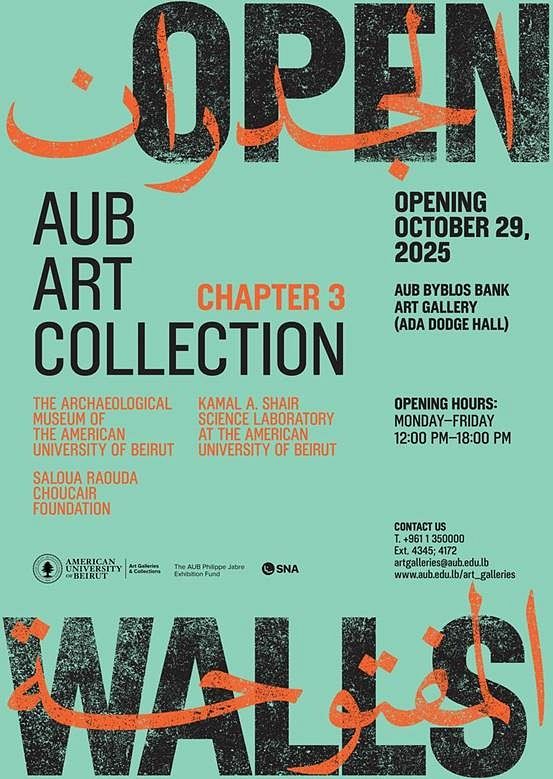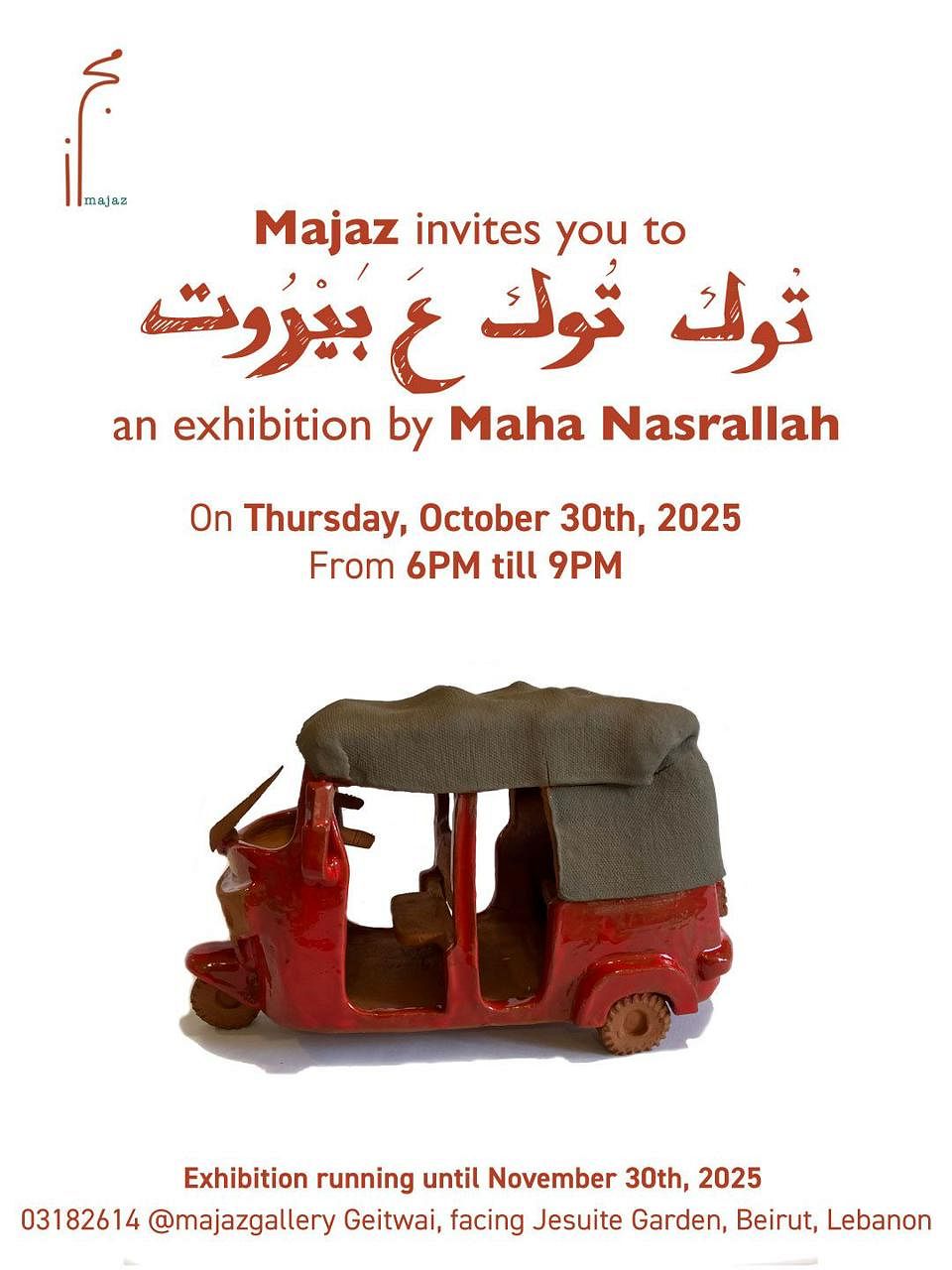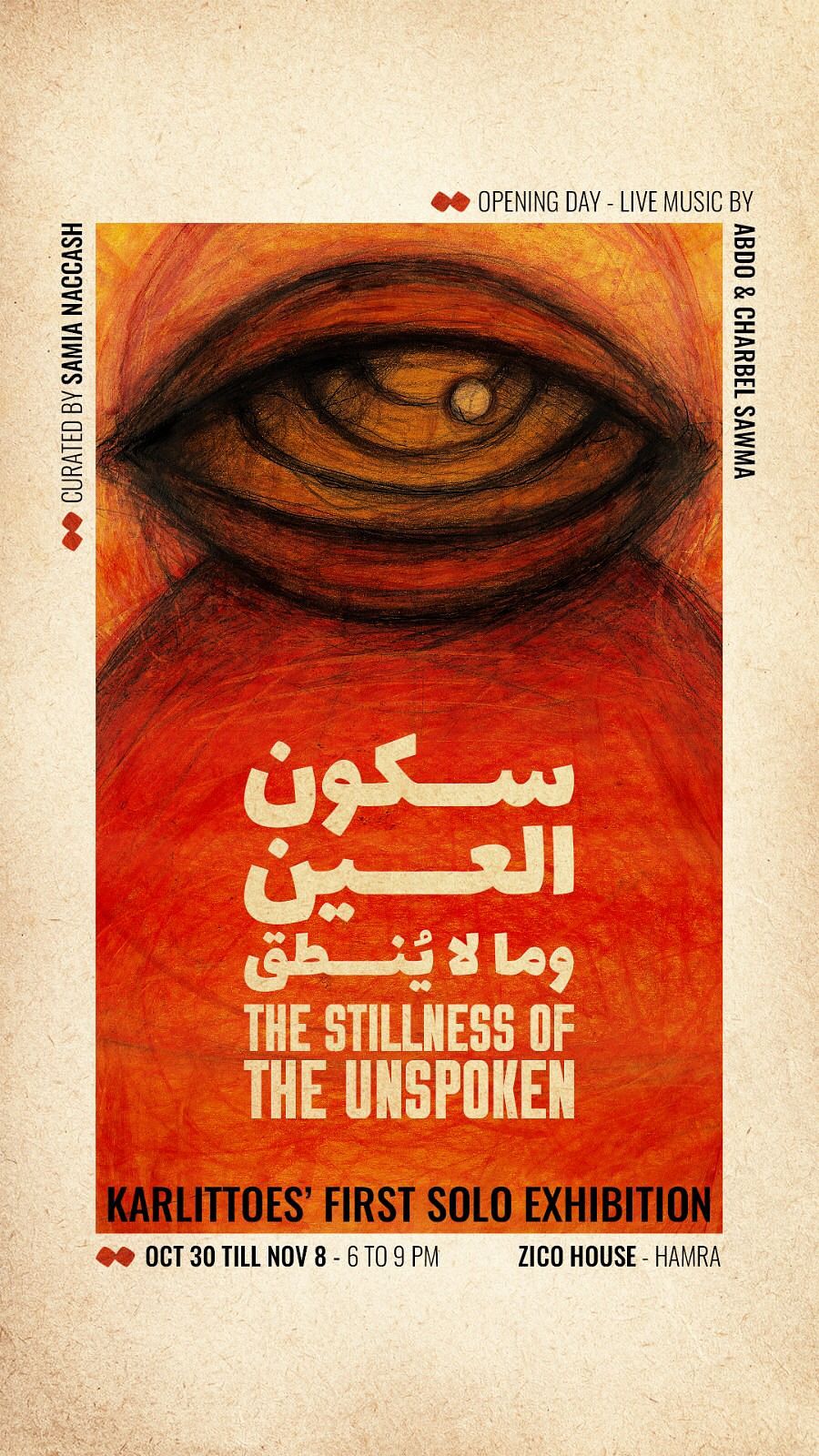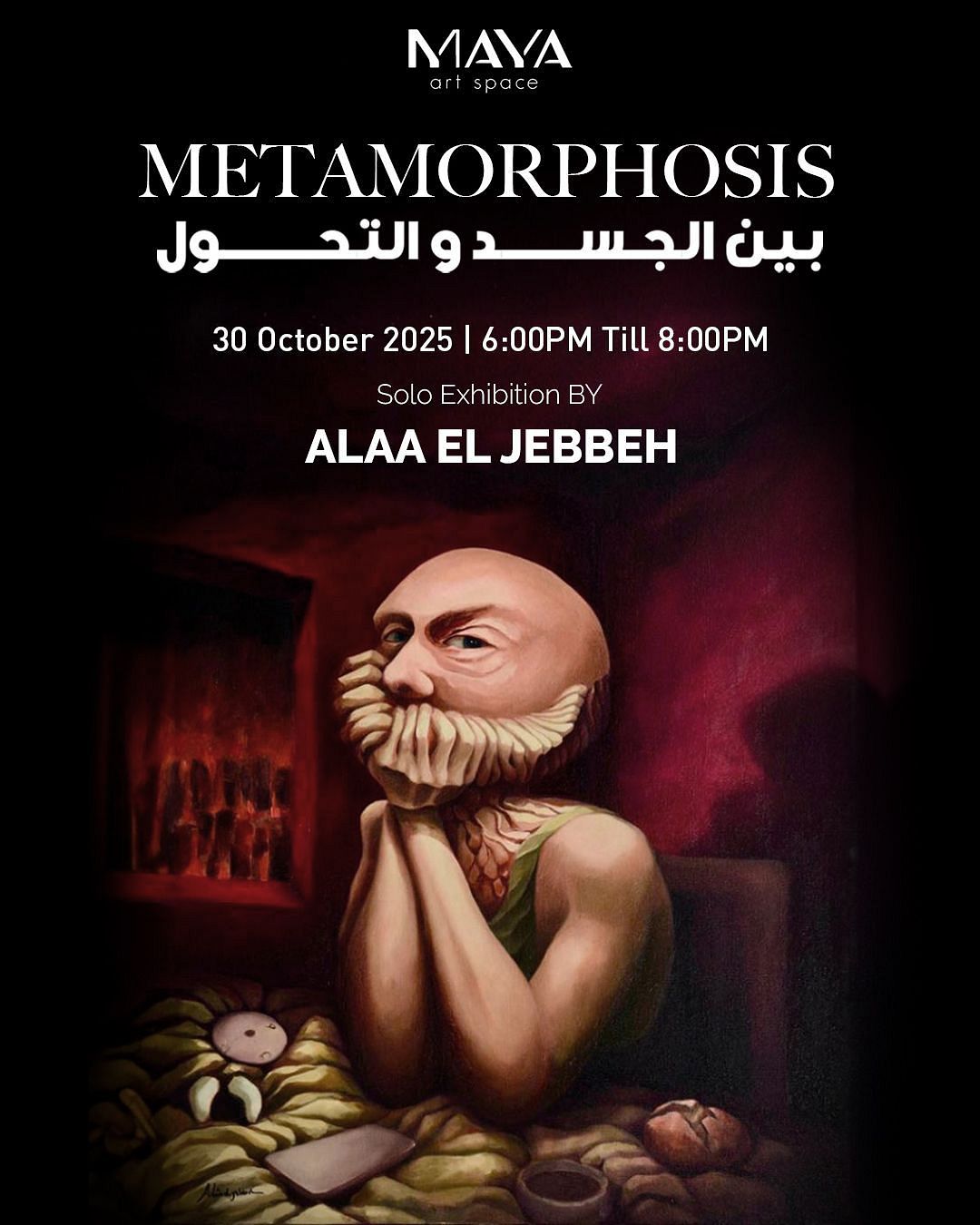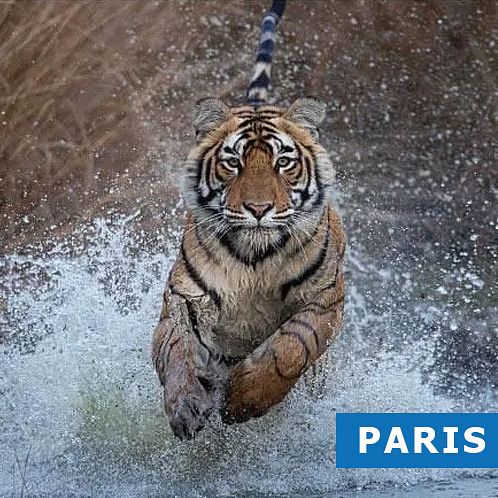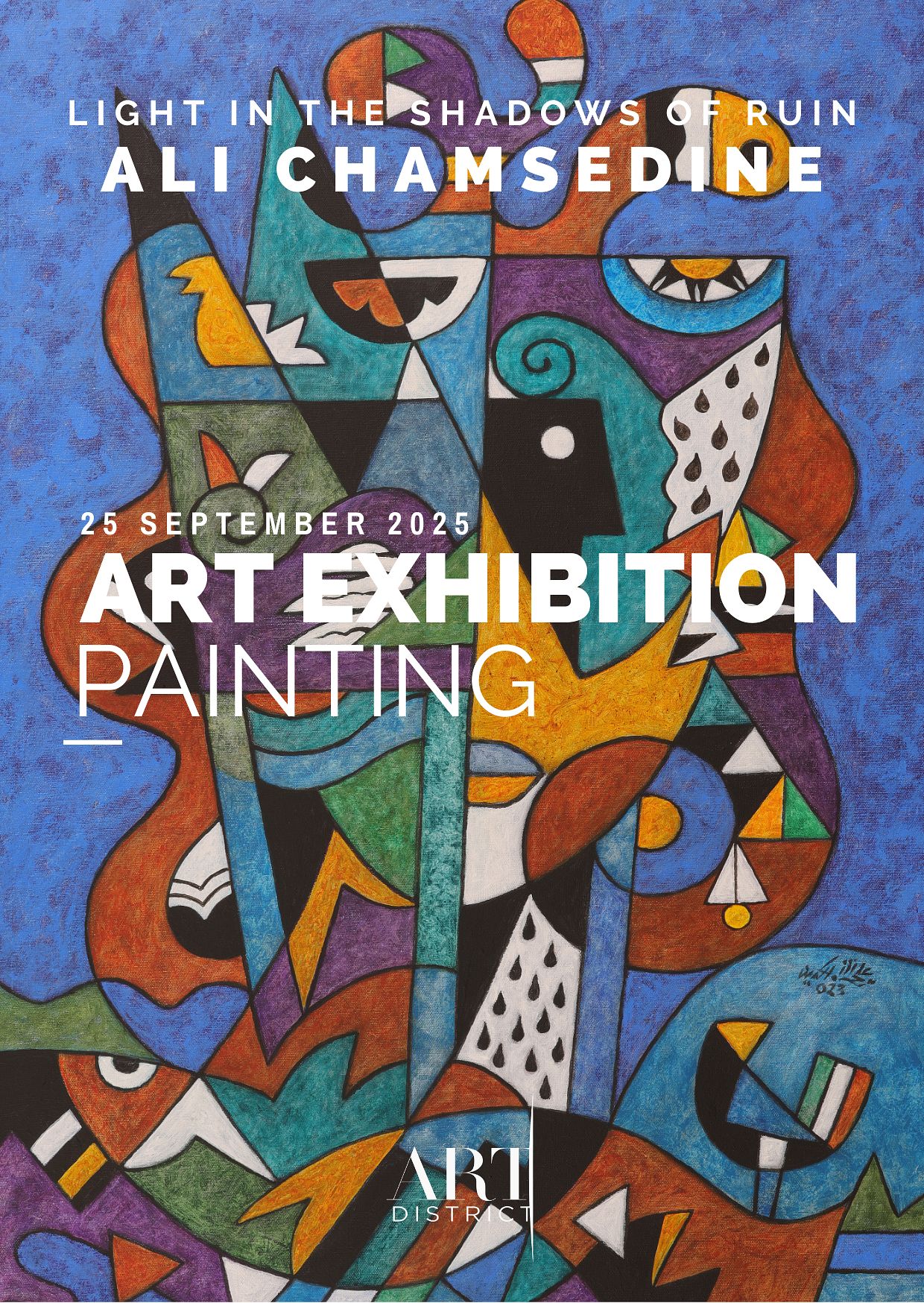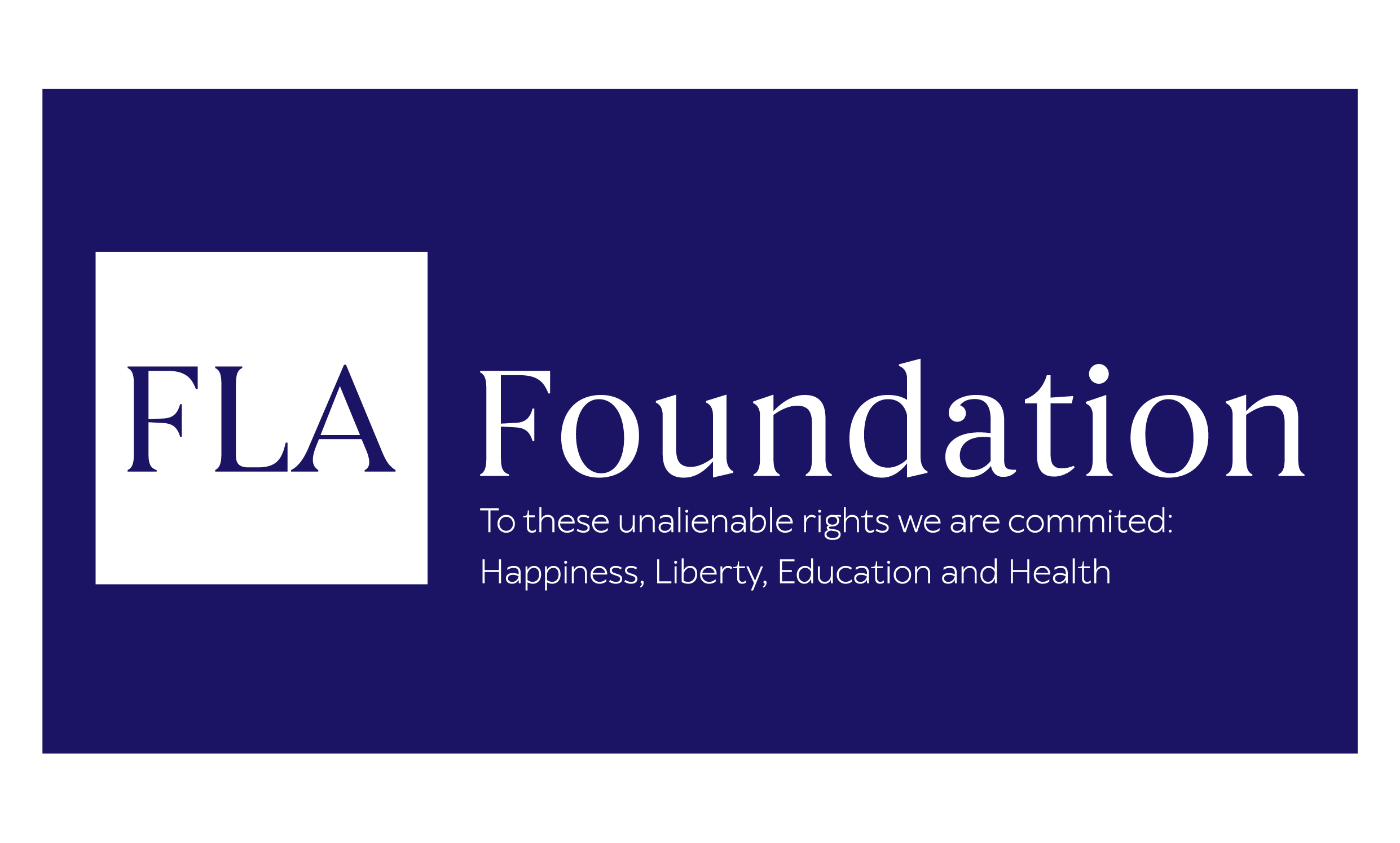ABED AL KADIRI, CLOSE YOUR EYES SO YOU CAN SEE ME
ArtVernissage: 06/11/2025 à 18:00
Du 07/11/2025 à 11:00 jusqu'au 11/12/2025 à 19:00
Chaque Lundi, Mardi, Mercredi, Jeudi, Vendredi et Samedi jusqu'au 11 décembre 2025
In his exhibition Close Your Eyes So You Can See Me, Abed Al Kadiri continues his long meditation on destruction, loss, and memory, this time through a language of pure abstraction in its most essential form: the red circle. Once a sun, then a wound, the circle has evolved into a site of convergence between destruction and the visible and the invisible.
The roots of this visual journey reach back to 2020. It was sunset when the light tore through the heart of Beirut and the sky turned red, an image that carved itself into both collective and personal memory. For Al Kadiri, this moment marked the end of one world and the dawn of another. Amid the ruins, he painted a mural: a vivid red circle set against a forest of charred trees, a sign of fire that refused extinction. From that wound, a recurring motif was born.
“When I left Beirut for Paris, the red circle followed me, becoming a kind of signature, carrying the weight of chaos and destruction. Overwhelmed by the extent of devastation, particularly after the events in Gaza and then the war in Lebanon, I sought refuge in small canvases painted at dusk. I called them Short Poems. Each was a diary of light and loss, an attempt to hold on to a fleeting beauty that no human cruelty could erase,” explains Al Kadiri. He continues: “Each painting represents a meditation on time, on that brief instant before the sun disappears beneath the horizon, when light oscillates between existing and vanishing. These small paintings became a pursuit of the red circle, a ritual of peacefulness, and a continuous act of presence.”
The Sunset series, which began in Paris, was an extension of the same pulse echoing beneath another sky. Painting the twilight became both an act of remembrance and of liberation, a way to behold Beirut anew, beyond the veil of time. From these “visual poems” emerged Al Kadiri’s current collection: a return to the red circle, now more abstract and more interiorized. Over time, it cast off its sensory connotations, turning into a contemplative ritual, a vessel that holds within it the paradoxes of life and death, collapse and renewal.
From this intimate series, a new visual language has arisen: simple, contemplative, essential. Form surrendered to gesture; color faded until only breath remained. Charcoal began to dominate the surface, delicate, scattered, echoing the remains of extinguished fires, whether literal or emotional. Here, charcoal is more than a material; it is the relic of the soul, a trace, a frail ash that bears witness to what has vanished yet keeps the gesture of loss alive. Drawing becomes testimony, and touch itself becomes remembrance.
For Al Kadiri, “the use of pastel and charcoal creates a dialogue between breath and trace, between light and ash. Charcoal holds the memory of fire transmuted into matter, while pastel floats across the surface like mist, or light itself—evoking, through the red circle, the transient radiance that endures after loss.” He continues: “Together, charcoal and pastel embody the exhibition’s essential allusion, the oscillation between erasure and renewal, an attempt to grasp what fades away. Applied directly by hand, each records touch as a form of vision; each trace pulses with intimacy; each surface becomes a skin of memory. At the confluence of these two materials, destruction becomes luminous, and vision transforms into an inward journey, as if drawing itself were a way to breathe amidst the ruins.”
The exhibition’s title, Close Your Eyes So You Can See Me, mirrors this inward orientation. It suggests a shift in perception: closing one’s eyes doesn’t mean denying the world but entering it in a different way. Here, Al Kadiri’s paintings become a threshold between the seen and the unseen, between the physical and the metaphysical. In Al Kadiri’s work, this notion turns into a poetic metaphor for the interweaving of pain, memory, and survival, reminding us that wounds can also forge communities bound by a shared destiny.
Here, the red circle is no longer a representation of the sun in a literal sense. It has become an inner horizon, a focal point of the soul. “It embodies what I call the act of inner vision,” Al Kadiri explains, “a penetration beyond mere sight; the possibility of unveiling what lies beyond seeing itself.”
Today, the red circle stands at the core of his abstraction. No longer a mere image, it has become a recurring meditative rhythm within the fragile space between impermanence and survival; in the reality of a country where light intersects with destruction. In this suspended realm, Al Kadiri’s red circle retains the meaning of several suns: Beirut’s wound, Gaza’s burning skies, and the innumerable losses that shape our shared existence. Yet it also carries renewal, holding open the possibility that from the ashes, a new vision might arise.
“I no longer paint the sunset; I trace its withdrawal into silence, where light turns inward and reveals what cannot be seen.” In this fading, the circle transforms into a horizon, the body into both eye and wound. It is the sun we bear within, a lingering trace of light, of loss, and of eternal presence.
Born in Beirut, multidisciplinary Artist, Publisher, and Curator Abed Al Kadiri double majored in Arabic Literature and Fine Arts. His work focuses on the notion of translating violence, investigating repressed personal and collective traumatic experiences, while emphasizing the destruction of cultural heritage, migration, and belonging.
Al Kadiri’s most recent solo exhibitions include: Danse Macabre: From Urban Perils to Raving Revelry, an ambassador project by BeMA, in collaboration with Mina Image Center, Galerie Tanit and Frequent Defect, Beirut, Lebanon (2024); Under the Sewing Machine, Galerie Tanit, Munich, Germany (2023); October 17, 2019. Diaries of the Lebanese Revolution, Cromwell Place, London, UK (2021); Today, I Would Like to be a Tree, Galerie Tanit, Beirut (2020).
Al Kadiri has also participated in several group exhibitions regionally and internationally. His work can be found in private and public collections such as The British Museum (London), Institut du Monde Arabe (Paris), The World Bank (Washington), Arab Fund (Kuwait). In 2017 he was awarded the Sursock Museum’s Jury Award at the 32nd Salon d’Automne. Apart from his artistic practice, he worked as an art critic before becoming the Director of Contemporary Art Platform (CAP) Kuwait from 2012-2015.
In 2017, he cofounded Dongola Limited Editions, a leading publishing house that position artist’s books as an artistic contemporary practice from the Arab world.
Al Kadiri lives between Paris and Beirut.
Opening Hours
Monday to Friday 11 AM - 7 PM
Saturday 12 PM - 5 PM



ÉVÉNEMENTS SIMILAIRES

